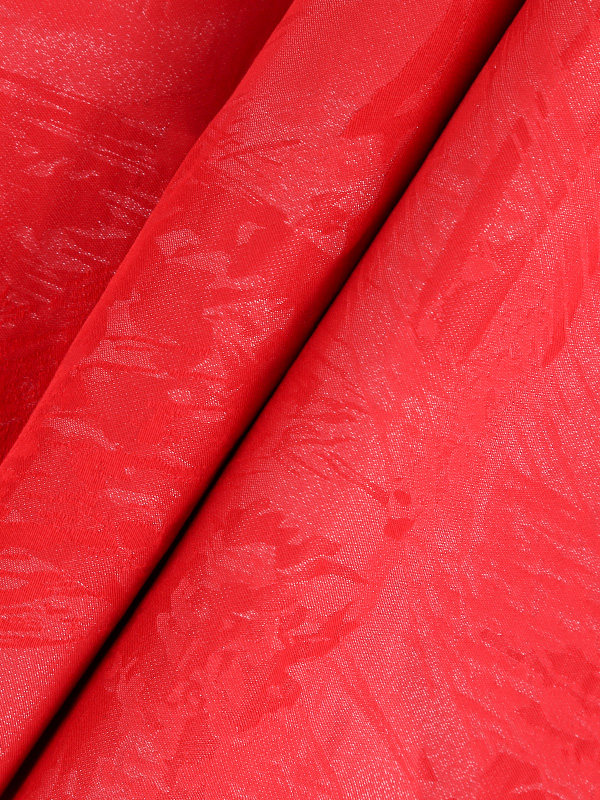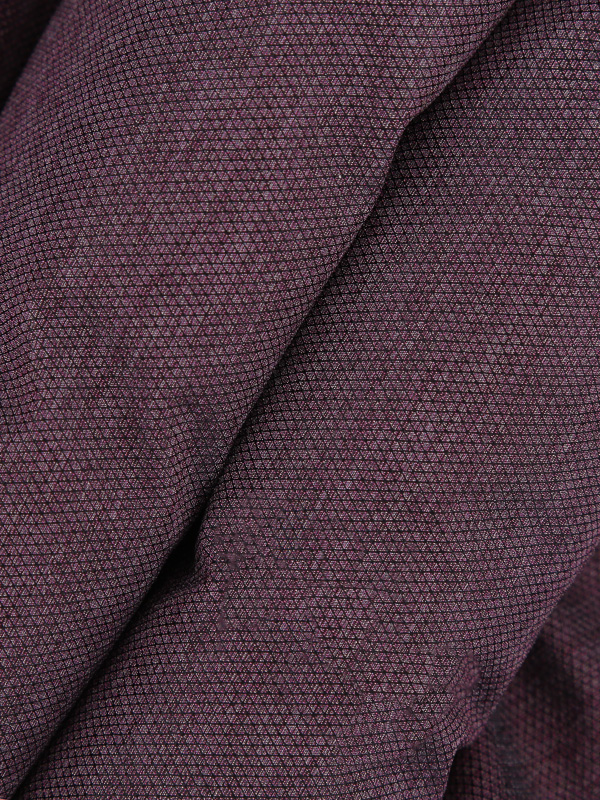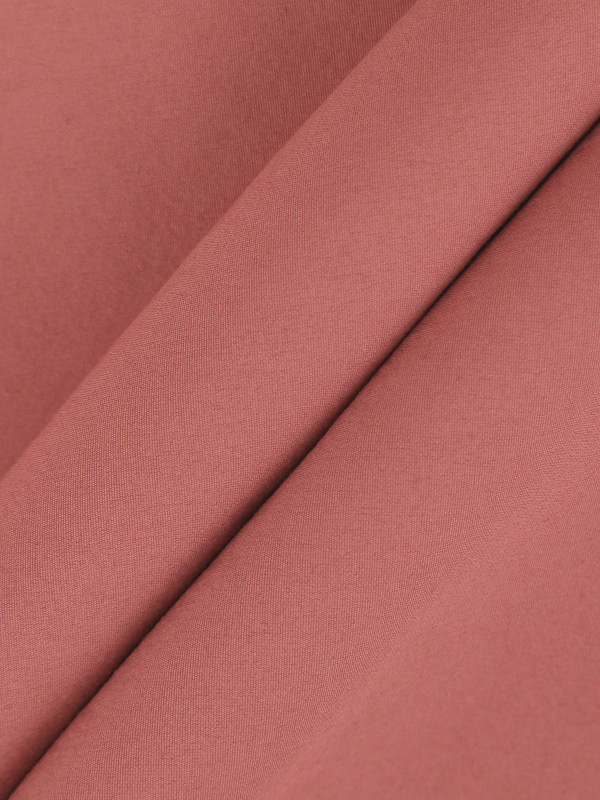Several distinguishing tips on the front and back of the fabric
Patterned home textile bedding fabrics are usually more controversial fabrics, no matter what kind of fabric, no matter what kind of jacquard fabric, no matter what kind of striped fabric, the front has obvious protrusions, and the lines are clearer than the reverse. The color is softer. The front of the jacquard fabric is more delicate and dense.
The front of all jacquard fabrics is very delicate, with unevenness, which makes people feel very pleasing to the eye. The bumps with stripes and patterns are rough on the reverse side and have some floating lines.
Recognized according to the structural characteristics of the fabric.
All fabrics must have their own organizational structure, generally three original structures, plain weave, twill weave and satin weave. Whether it is cotton, linen, polyester, nylon, or Tencel, the organizational structure is the evolution of these three aspects. Judging by this basic internal structure, it still makes sense.
One, plain weave
If you use plain weave cloth, the front side is smoother. Although it is small, the lines on the front side are still clearer than the back side, and the color is more uniform. The back side will be darker, and the cloth surface will be rougher than the front side, and the lines will be difficult to see.
Second, it is twill.
If it is one-sided inclined, the side of most fabrics with diagonal weaves is the front side of the fabric. And if it is double-sided, it can be distinguished according to the changes in the texture of the fabric. For example, the front twill of gabardine, double-sided khaki, polyester khaki and other fabrics slopes from the top right to the bottom left, which is called "skew"; the front twill of yarn khaki, serge, polyester/cotton and other fabrics slopes from the top left to the bottom right, and it is called "spinning pattern". "
Three, satin.
The front side of silk and satin is usually firm and smooth, and the gloss is obvious, while the back side is not smooth and the gloss is very dull, which is difficult to see.
Identify from the appearance;
Generally speaking, the front side of the fabric is clearer, the pattern, pattern, and line outline are on the front side, and the front side is brighter and the back side is darker, just like the rayon printed fabric. Except for the positive side, it is generally well-defined, while the negative side is not very clear. All the fabrics are printed on the front.

Fourth, identify based on feelings.
As far as the front feel is concerned, the front fabric feel is more comfortable through the fabric, and the feel is more comfortable and smooth, while the negative feel is worse and rougher.
And this difference is larger in wooly fabrics. Basically, the raised side is the front side, and its shape feels more comfortable. There are fewer hairs in the opposite direction. In the case of double-sided hair, the hair on the reverse side is generally thinner and shorter than that on the front side, and not longer or more than the front side.
According to the edge of the fabric to distinguish.
If it is a whole piece of cloth, the edges of the cloth will have its texture. Even plain weave fabrics can also make raised lines on the edges of the fabric. And through this pattern, the front and back of the fabric can be easily distinguished. In front of this striped road, all the bumps will be more obvious and tight. The opposite bump does not have a clear front. There are also some depressions. In addition to these, there are also pinholes. The fabric is needled from bottom to top, and the curled side of the pinhole is basically the front side.
The above are a few tips for distinguishing the front and back of the fabric. When the front and back of some fabrics are difficult to distinguish, there is almost no difference, and there is no need to force the front and the back. It can be positive or negative. Everyone doesn't need to care too much. That is the front and back of the cloth. I hope this article can give you some help.


 English
English Chinese
Chinese



